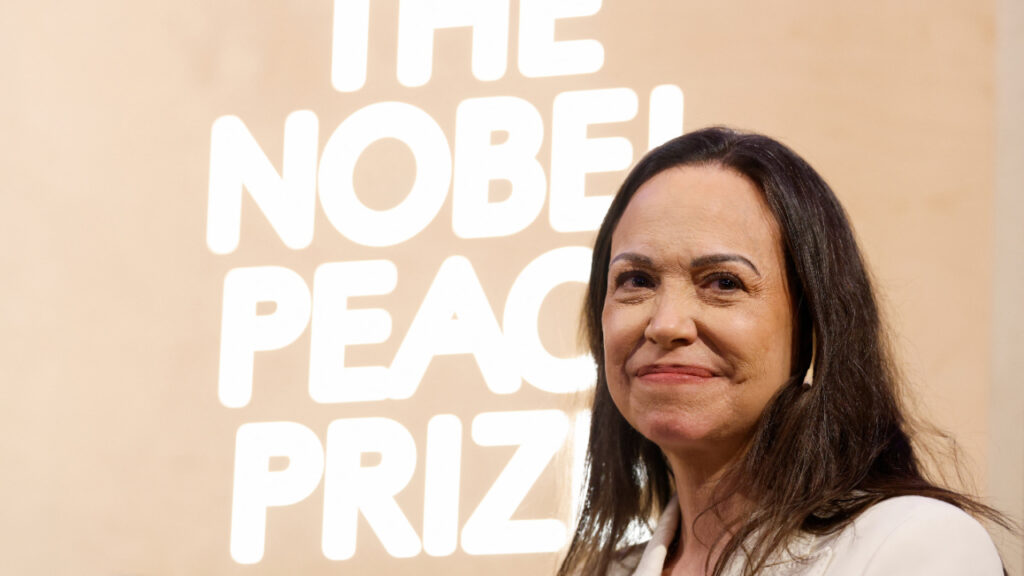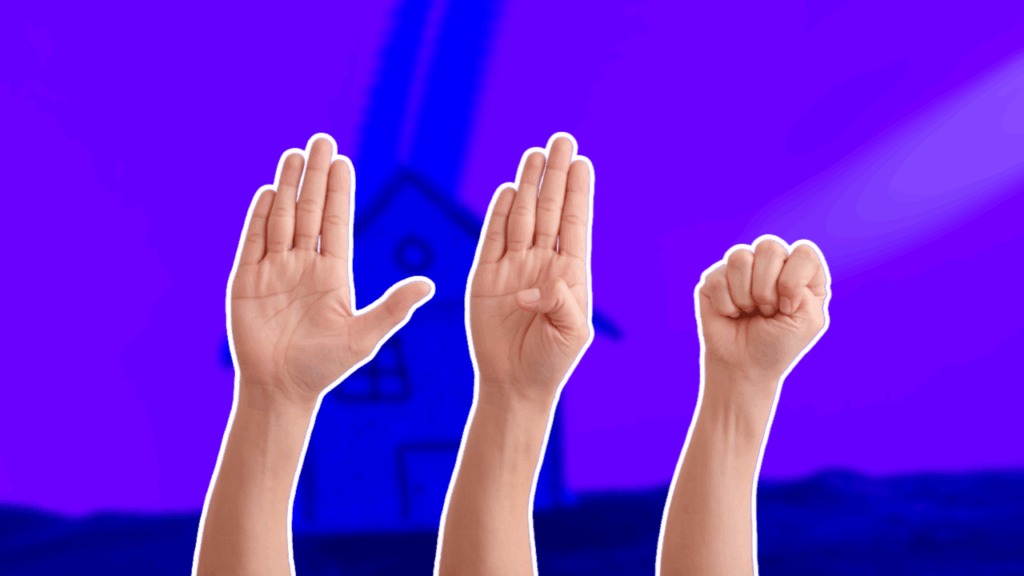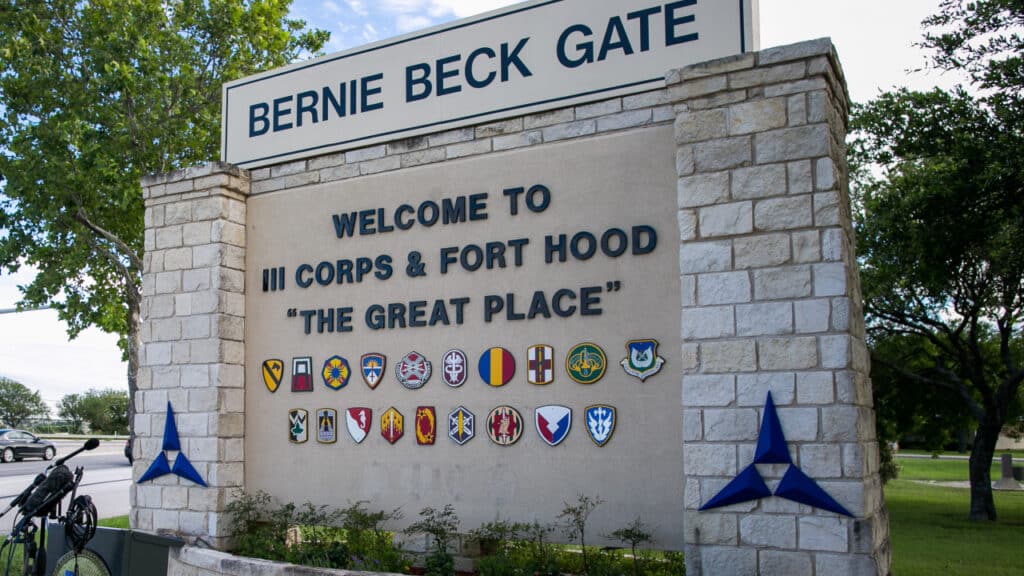California Bill Seeks Justice for Latino Families Displaced From Dodger Stadium Site in the 1950s
Nothing talks more about the history of inequalities in the U.S. than land property. From destroyed native lands to displaced communities, our country has a dark history of oppression. The latest example is a new bill seeking reparations for families forced to leave the land where the Dodger Stadium now sits.
A bill introduced in the California Legislature on Friday shed light on a horrendous episode in Los Angeles in the 1950s. According to the New York Times, Assemblywoman Wendy Carrillo, Democrat of Los Angeles, introduced the bill “after years of calls from organizers who have asked for reparations, either through money or the return of land that they contend was taken from their families.”

The old-as-time history of a city unfulfilling its promises
In the mid-1950s, Walter O’Malley, then-team president of the Brooklyn Dodgers, dreamed of building a domed stadium in Brooklyn, New York. When he couldn’t reach an agreement with the city, he knocked on the doors of city officials in Los Angeles.
The city had just recently seized the land nestled between the San Gabriel Mountains and downtown Los Angeles, which we now know as Chavez Ravine. The government had displaced around 1,800 families, most of them Mexican Americans, who were owners and inhabitants.

Using funds from the federal Housing Act of 1949, the city was planning to develop the Elysian Park Heights public housing project. That was until O’Malley came up with his idea of a Dodger stadium.
“What happened to the families at those three communities, which are now known as Chavez Ravine, was unjust,” Carrillo said in an interview on Monday. “The promise of housing was never fulfilled, and those families were also robbed of homeownership and generational wealth because their homes were taken away.”
However, the Latino community didn’t surrender without a fight
Despite government efforts, many Latino residents resisted, “but eventually all were forced to relocate,” said Ricardo Lara, the state insurance commissioner and sponsor of the bill.
“We believe this legislation will provide not only overdue compensation for the residents of these three vibrant communities, but it will also provide a vehicle for reconciliation and healing,” Lara said during a press conference last Monday.
According to the New York Times, among those who resisted was Aurora Vargas, who was photographed being carried out of her home by sheriff’s deputies in May 1959.

“After learning about the episode, Vargas’s niece, Melissa Arechiga, 48, founded Buried Under the Blue, a nonprofit that has sought to raise awareness about the history of the displacement of area residents,” the Times reported. “Ms. Arechiga created the organization in 2018 with Vincent Montalvo, 46, whose grandparents lived in Palo Verde before they were also displaced.”

Now, the families displaced from the Dodger Stadium site might have a chance for reparations
The bill Carrillo introduced seeks reparations for these marginalized communities. If passed, the Chavez Ravine Accountability Act would “call on the city of Los Angeles to form a nine-member task force to provide compensation to the displaced or their descendants.”
“The measure proposes different forms of compensation, including an offer of city-owned land or fair-market-value compensation.”
Montalvo said in a video call with the Times that the bill would also consider the benefits the Dodgers have received from the land. “You never think these things are going to come,” he added. “This wasn’t something of a fairy tale, but now we’re going to be able to dive in deep with the bill as written of getting a lot of the history out.”




